July 4th was our last regularly-scheduled Council Meeting of the summer, so we had a pretty lengthy agenda.
We started with a couple of Provincial awards recently won by our Parks and Rec Department, and another won by our Planning Department. I’m super proud of the work our staff is doing, and am happy to see them get some kudos.
Before the full load of announcements, we moved the following items on consent:
Moriguchi Delegation Proposal
Our Japanese Sister City is having a special anniversary in the Fall, and have invited members of our Council to attend as visiting dignitaries. I don’t see good ROI for the City from our Council going on these international trips, but as long as Council members are happy to pay their own travel costs, I see no reason why people shouldn’t go if they want.
2016 School District By-Election – Report of Election Result
Something like 4% of you bothered to take part in the School Board By-Election last month, as Mary Ann Mortensen mysteriously resigned from the board a year and a half into her term. Part of the process is for City staff to officially report out to us on it, because under the Elections Act, the City runs the election and sends the bill to the School District.
Mary Lalji deserves congratulations for eking out a 60-vote win over Dee Beattie.
I got to sit next to Lalji at the NWSS Graduation Ceremony last week, which was my first chance to chat with her. Apparently her first Committee and Board meetings were both epic long ones, so she has been thrown into the deep end right off. I suspect it is tough to join as a rookie mid-term and try to get caught up, but she seemed excited about the opportunity, and her heart is clearly in the right place, so I’m confident she will be a great Trustee.
809 Fourth Avenue: Heritage Alteration Permit
This ongoing project at 8th Street and Fourth Ave has taken a pretty innovative approach to protecting some heritage homes, and has raised some interesting discussion on social media.
The developer bought several lots, has lifted the three heritage homes that face 8th Street, and moved them around to facilitate the building of a multi-level underground parking garage. The garage will support the building of a mid-rise condo complex behind the houses (adjacent to the larger high-rise next door), and the three heritage homes will be restored and converted to strata-ownership duplexes.
This application is simply to alter the already existing and approved Heritage Restoration Plan in order to allow the preservation of all of the original windows, which in turn requires a shifting of the interior layouts of the three preserved houses. Council moved to approve this change.
188 Wood Street: Heritage Alteration Permit
This is another project where a heritage home was preserved as part of a higher-density development in Queensborough. Again, work on the restoration has required a change in approach to some of the siding materials, which is not strictly in compliance with the Heritage Restoration Plan that formed the basis of the agreement. Council moved to approve the alteration of the restoration plan to accommodate the change in siding materials deemed necessary by the restoration expert working on the house.
332 Eleventh Street: Demolition Application for a Pre-1900 House
As will become standard with our new policy (see below), any pre-1900 house where the owner has applied for Demolition will have that application reviewed by Council and the Heritage Conservation Commission. In the case of this 1892 house in the Brow of the Hill, there appears to be little of heritage value that can be conserved. Council moved the staff recommendation to proceed with issuing a demolition permit.
320 Fifth Avenue: Demolition Application for a Pre-1900 House
Same, but somewhat different. The Heritage Commission and Staff have recommended that Council move to protect this 1900 home in Queens Park for 60 days, providing time for staff to work with the owner on possible heritage conservation strategies. Council moved to support that recommendation.
Heritage Control Period Administrative Policy
Back on June 15, Council adopted the Heritage Control Period Bylaw for Queens Park. Although referred to as a “moratorium on demolition” by some, it is far from that. Instead, it is a new, and temporary, policy change that allows Council and the Heritage Commission closer oversight over demolitions and alterations that may seriously erode the heritage of the neighbourhood.
This report outlines the policy we will be using to manage that oversight. It’s worth a read if you are curious about the limits of powers that local governments have when it comes to protecting heritage.
258 Nelson’s Court: Development Permit Application for Third Residential Tower
Here is the preliminary report of the third residential tower at the Brewery District, There is a bunch of Public Consultation to come, so I’ll hold off my comments for now, except to say it seems to fit the Community Plan as recently amended.
Brewery District Master Development Permit: Update to Master Parking Plan
This has been discussed in earlier phases of the Brewery District development, as the developer works to manage the combined residential and commercial needs of the growing complex. There has been a desire on the part of the developer to increase the parking, and to shift parking access from Nelson Court to Keary Street. I am still of the opinion that this is better than the original access plan, but that Keary needs a better connection to Brunette, because Brewery District commercial traffic and RCH post-expansion traffic cannot be accommodated on East Columbia without seriously eroding the livability of Columbia as a street where we want people to be able to walk, shop, eat, and play. It would also exacerbate the neighborhood impacts in upper Sapperton.
Bring on the Sapperton Traffic Study!
Child Care in Queensborough: Proposed Action Plan
There is a profound lack of childcare available in Queensborough, even as family-friendly housing becomes the norm for that part of New West. Staff has a few ideas and strategies to bring more childcare on-line, as they fear the problem is becoming “critical”. This is becoming a strategic priority for the City, as the need speaks to so many of the City’s other policies around sustainability, and becoming more family-friendly and child-friendly as we develop, and “the market” doesn’t seem to be filling the need.
900 Carnarvon Street – Exemptions for Requirements of Flood Plain Bylaw
Some details around how the ground-level commercial development and the underground parking of the 4th tower at Plaza88 don’t comply with the strict language of the Flood Plain Bylaw. There are perfectly reasonable engineering solutions to manage these non-compliances, but specific exemptions are required to allow those engineering solutions to be used.
Structural Considerations for Food Trucks on the Parkade
Food trucks are now allowed to operate in various places in the City, and it seemed to some on Council (me included) that the 4th Street overpass area of the Parkade was a natural place for them to set up. Visible, lots of foot traffic, not blocking access to any business, ample parking, etc.
Staff have now provided us a bit of an engineering assessment, outlining the potential challenges with this plan. Apparently, the Parkade is not built to accommodate the types of total and point loads that many Food Trucks apply. (who knew those things were so heavy?). Accommodating lighter trucks on some occasions might work out, but it is looking like more hassle than it would be worth for any operators.
In short: great idea, not exactly practical.
Qayqayt Transportation Safety – Update
I blogged a little bit ago about increased concerns at the Third Street crosswalk across Royal Ave, and concerns that have been raised regarding the safety of students headed to and from Qayqayt School.
This report outlines some of the engineering improvements our Staff are proposing to make the intersection easier to navigate and safer for pedestrians and cyclists. Again, I am happy to see us taking some serious action and putting our limited transportation resources into the priorities set out in our Master Transportation Plan. Our staff deserve kudos for some good creative work here!
Access Ability Advisory Committee Request: City Council Support of the Barrier Free BC Motion
I’m the Chair of the AAAC, and that group received a presentation from Barrier Free BC, an organization lobbying the Provincial government to pass a British Columbians with Disabilities Act. In a similar model to the Americans with Disabilities Act, the desire is to make accommodation of those with disabilities a legal requirement for all public spaces and businesses.
The AAAC like the idea, and recommended support to Council, but staff has asked to be given a bit of time to assess the implications for City operations. Such a piece of legislation would be far-reaching, and would impact not just transportation, but how we design buildings, our public facilities, and almost everything the City touches. If we call on the Provincial government to do this, we need also to call on them to Partner with local governments to fund the necessary infrastructure changes. For some reason, I don’t think that is something the Provincial Government is quick to sign up for.
This issue is coming to the UBCM conference in September, and it will good for our Council to have a high-level report from Staff prior to that to have a fuller understanding about what the motion means from a City budget and operations viewpoint. As much as I support the intentions, responsible governance requires we need to do a little due diligence here.
Pre-1900 Heritage House Policy
Aside from the heritage protection period (and eventual Heritage Designation Area?) approach being used in Queens Park, the City is continuing to explore ways to preserve important heritage assets in the rest of the City. For all the talk of the importance of heritage to New West, very little legislation exists for us to protect those assets when they are private properties. This issue is important to address now so we can include these approaches as part of our larger OCP update, and the increased pressure caused by the current housing price blip bubble crisis trend.
This table shows the status of all pre-1900 houses in New Westminster.

With the ongoing Queens Park heritage protection work, all 100 of the houses there have at least some level of protection for the next year. All but 19 of the 145 outside of Queens Park have no protection at all, and not having limitless resources in the City, this is a logical place for us to concentrate our efforts in the next little while.
Placing all of the homes on the Heritage Register will identify their value, but will not actually do anything to protect them. While it would eat up a considerable amount of staff resources (each home would need an separate evaluation of their heritage value and character-defining elements, a potentially lengthy process), the Register has not regulatory protection attached to it.
Instead, staff are going to develop a policy through which pre-1900 homes are required to come through a Heritage Review and Council prior to demolition or heritage-impacting alteration, in a similar process to how the temporary neighborhood-wide protection policy in Queens Park operates.
We had a couple of public delegations that related to issues coming up later in the agenda, but one item that we moved from Delegation:
NWEP Community Garden
The New Westminster Environmental Partners are the latest of several groups who have raised the idea of turning a portion of the front lawn of City Hall into a Community Garden.
The City has a couple of small community gardens, but every garden plot that is opened very soon is gobbled up and a waiting list is established. As New West continues to develop, areas like Downtown and the Brow of the Hill are seeing denser development, with few opportunities for people to have a little garden plot. The lawn at City Hall is expansive, and there is a natural area near the intersection of 4th Street that would be great for some community garden plots.
There are lots of details to work out: installing Community Gardens is not free, and there will be a need for some infrastructure investment (water supply, possibly storage, waste management), and the New Westminster Community Gardens Society or a similar organization will have to be brought in to establish how the plots will be used and allocated. So this is not a “done deal”, but Council did show strong support for the idea, so if all the stars align, we may have plots as early as next year.
After Delegations, we discussed the following items that were Removed from Consent
Branding for New Westminster Waterfront Vision – “The Riverfront”
I don’t call out my Council colleagues too often when I disagree with them, but I am still of the opinion this was a silly decision made poorly.
I cannot emphasize enough: this has nothing to do with the Tin Soldier itself, nor is it another trip down the “Old vs. New” New West trope that has enlivened wedge-drivers for decades. Instead, this (for me) is about how the branding proposed was good, and scotch-taping the Tin Soldier on doesn’t add, but takes away by confusing and cluttering the clean look of the brand.
However, much like my expressed opinions on Public Art, Council sometimes needs to sit back and understand that *not all decisions need executive input*. We hire professionals for a reason, and in this case we paid professionals to do a professional job. When dealing with subjective matters of aesthetic and design and their use in marketing, we may need to admit that we have limitations (none of us mentioned our graphic design skills in our election campaigns) and should have a process that separates our subjectivity from the decision making. In this case, we did the opposite, and voted *against* the recommendation of both the professionals we paid to give us their professional opinions, and our own professional staff for no other reason that “we like it better”. We wouldn’t do that with an engineering recommendation of what size of pipe to use, we wouldn’t do that with the Fire Department when they recommend what type of oxygen mask to purchase, why is the work of design or art professionals not treated with similar respect? (I’ll be the first to admit – on sustainable transportation issues, I’ll push the envelope this way myself!)
The suggestion made after this decision that Council needs to get *more* involved in branding exercises like this is something I cannot disagree with more.
It was totally a coincidence that friend the day before sent me a link to this Ted Talk on Flags, and why City Flags so commonly suffer from bad design. The money quote: “Good design and Democracy don’t go together”. You can’t design by committee, or you get terrible results like a lurky guy hanging out on the edge of the bushes marring an otherwise good design.
Really, in the end the branding works, and in the great scheme of things, this is not something to get my knickers in a knot over. However, I think it is the pathway to the decision that irks me more than end result. Klaatu Barada Nikto.
Request for Funding to Host the Live Streaming of the Tragically Hip Concert
This is a great idea that mostly arose from social media chatter. Of course, the entire idea that the last Tragically Hip concert should must be broadcast by our National Broadcaster was something that grew from social media chatter. It points to this being a cultural touchstone moment.
There was some local talk of finding inside broadcasters when someone noticed that the StrEAT Food Festival was happening at that time in New West, and ideas collide!
The cost of the big screen is more than I anticipated, which is why I hope we can bring in a couple of corporate sponsors to share the load, but this could make for a spectacular day on Columbia Street, and ramp up the regional exposure of the Downtown BIA’s biggest annual event. The fact that even the suggestion that we might do this has already resulted n front-page news in some regional media is a sign that this is something beyond New West.
It isn’t a slam dunk, though. Whether we can actually broadcast this event to the public and how those broadcasting rights will be managed, is a detail yet to be worked out. There is no plan to charge for viewing, so the rights discussion might be easier, unless there was already a plan for others to make money charging for outside broadcasts. There are still unknowns here, but I hope we can pull it off.
I also hope it is an opportunity for the City and the BIA to work with the Cancer Society, the Brain Tumour Foundation of Canada, or another appropriate charity to help promote the event, and hopefully attract donations.
Keep your fingers crossed, and hopefully on August 20th the second best place to be in Canada (after Kingston!) will be downtown New West.
801 Columbia Street: DP for Three Story Commercial Building
This property at the corner of 8th Street and Columbia, previously referred to as the Kyoto Block, was sold by the City some time in 2014. Way back in 2011, I wrote this post about the Kyoto block, and still feel much the same way about it. We now have much less control over its fate, however I think it is still important that any building put on this spot be an amenity to the pedestrian realm, and create a useful and welcoming connection between Columbia Street and the concourse level at the Shops and Westminster Station.
I am as big a fan of craft beer as I am of the Tragically Hip, so I am excited that a solid regional brand like CRAFT is looking to set up shop in our downtown, but I hope the building can connect the Shops and Columbia street, not separate them!
Downtown Uptown Connector (DUC) Shuttle
This report was preceded by a Public Delegation from the River Market, who have been the brains, money, and motivation behind the DUC for the last 9 months.
The DUC fills what has often been considered a gap in our local transportation picture –a frequent and cheap connection between Downtown and Uptown. Notably, a connection that spans a significant hill. The River Market partnered with a couple of local businesses to try a pilot project connecting the waterfront market with a couple of uptown destinations with a free shuttle bus having a predictable schedule.
They have paid for the pilot project, and are starting to see some success, but the pilot period is coming to an end, and the River Market has approached the City to ask us to contribute (along with a couple of other partners, notably including the Downtown BIA), to help fund an extension of the Pilot at least through to Labour Day, so that we can make a more informed choice about whether this is a service that the community wants to continue to support. Seeing as Policy 3B in our Master Transportation Plan is “Continue to explore an affordable shuttle service that would provide residents and visitors with improved transit service between Downtown and Uptown”, I think contributing to this pilot is an affordable way for us to meet that goal.
Fraser River Middle School – Active Transportation Update
City staff, School District staff, and some active transportation organizations in the region have been working together to prepare for the opening of Fraser River Middle School.
By the very nature of its grade offerings, a Middle School should be encouraging active transportation. Students that walk or ride their bikes to school do better at school, have fewer behavior problems, concentrate better, and are healthier. It is the City’s job to make sure they have Safe Routes to School, and we are working to get as much in place as possible before Fraser River opens in September.
Tree Protection and Regulation Bylaw Status Update
The numbers are starting to roll in on the Tree Bylaw – and a lot of trees have been protected. We have also recovered quite a bit of money for trees lost to the community, with that money earmarked for planting and maintaining replacement trees on City lands.
That doesn’t mean there haven’t been a few hiccups with the implementation of the new Bylaw. I (along with other Councilors, I’m sure) have heard from a few residents about specific quirks (why protect an invasive holly tree? When does a potentially damaging tree become a hazardous tree? Why does a homeowner have to give the City a $10,000 deposit, when you can always fine me if I don’t follow the rules and take it off my taxes?).
I had hoped that we could have a workshop with Council this spring to talk about some of these implementation concerns, but it looks like it is going to have to wait until the Fall.
Finally, we moved on to the Bylaws portion of the evening’s festivities.
Housing Agreement (Brewery District) Bylaw No. 7838, 2016
Zoning Amendment (Brewery District) Bylaw No. 7841, 2016
The housing agreements and zoning amendments for the second residential building at the Brewery District are adopted. This is now the law of the land, as the Sappers would have liked.
Downtown Development Agreement (900 Carnarvon) Bylaw
The Bylaw that formalized the interface between City infrastructure and the 4th tower at Plaza88 is now adopted. Adjust your behavior accordingly.
Mobile Food Vending Licence Bylaw No. 7850, 2016
Bylaw Notice Enforcement Amendment Bylaw No. 7851, 2016
Development Services Fees Amendment Bylaw No. 7852, 2016
The set of Bylaws that regulate how Food Trucks operate in the City were, after more than a year of comprehensive and multi-faceted public consultation, adopted by Council. Free range barbequed quinoa tofu sundaes for all!
And after that, I hope you all enjoy a summer of fun in New West. Attend a festival, enjoy a Park, and be good to a neighbor. A community is what you make it.
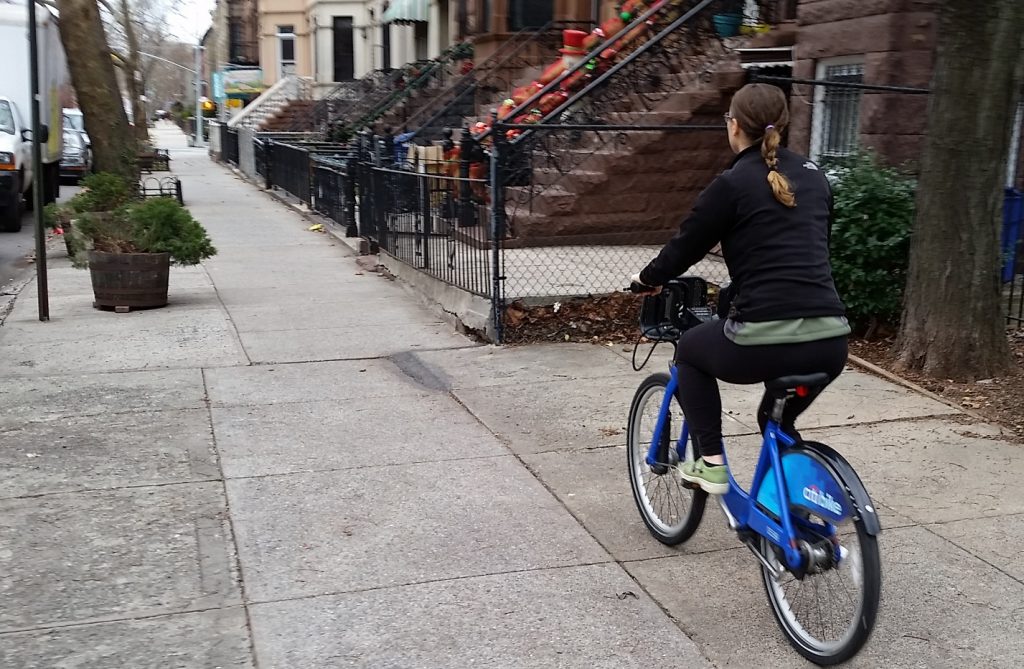
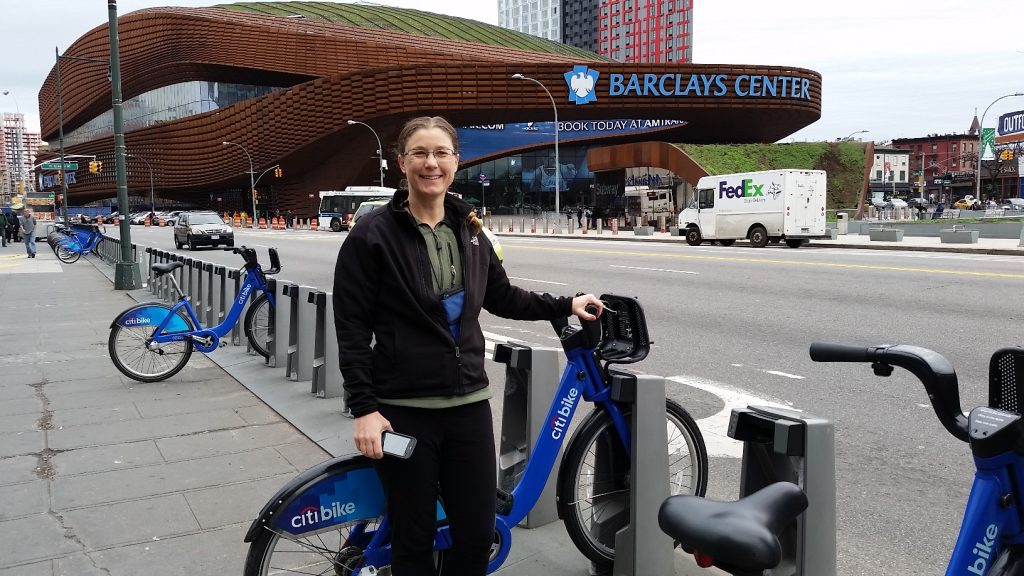
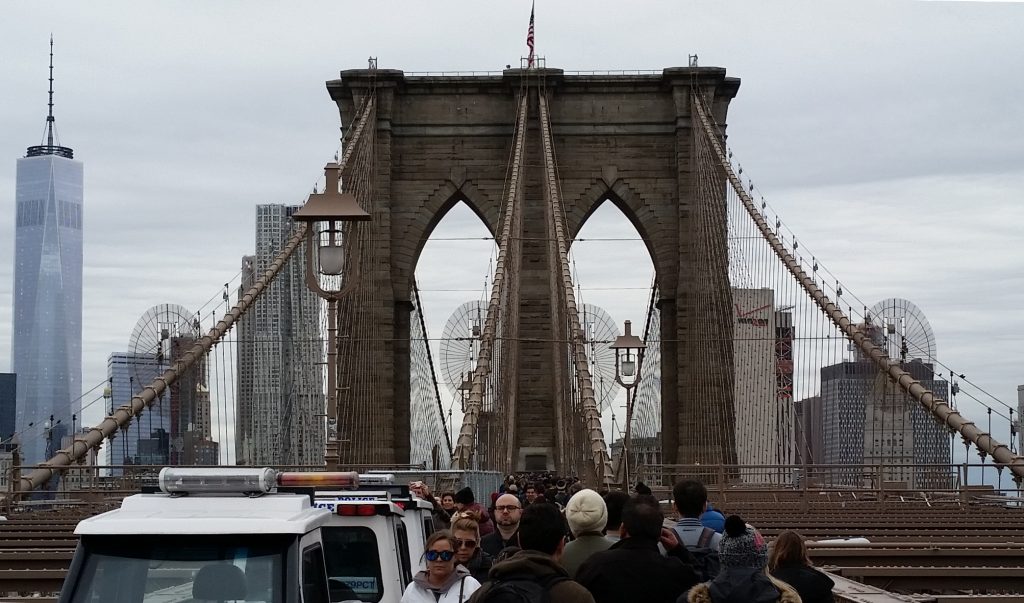

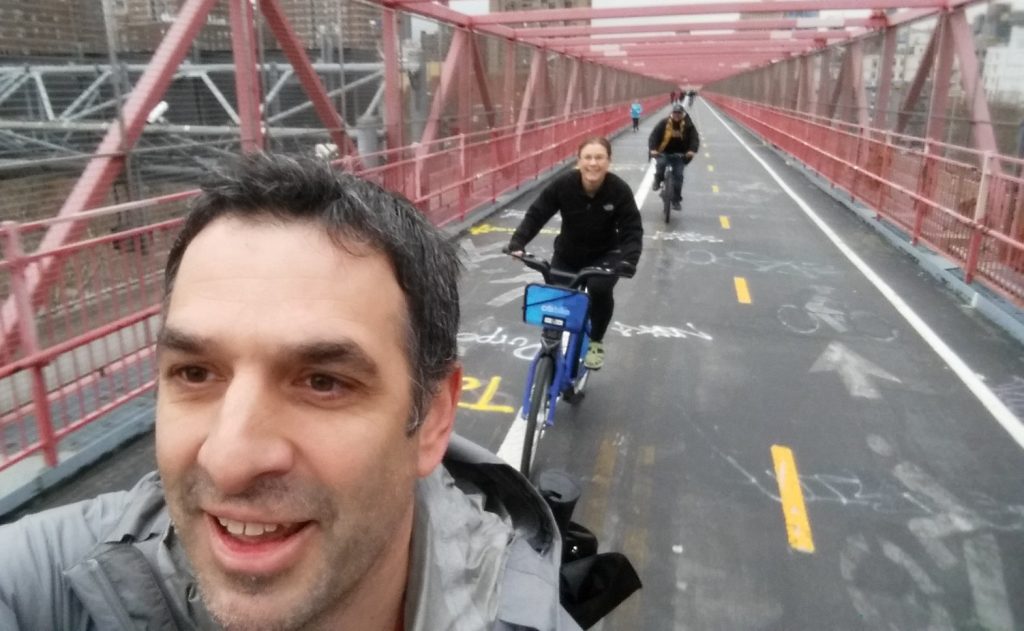
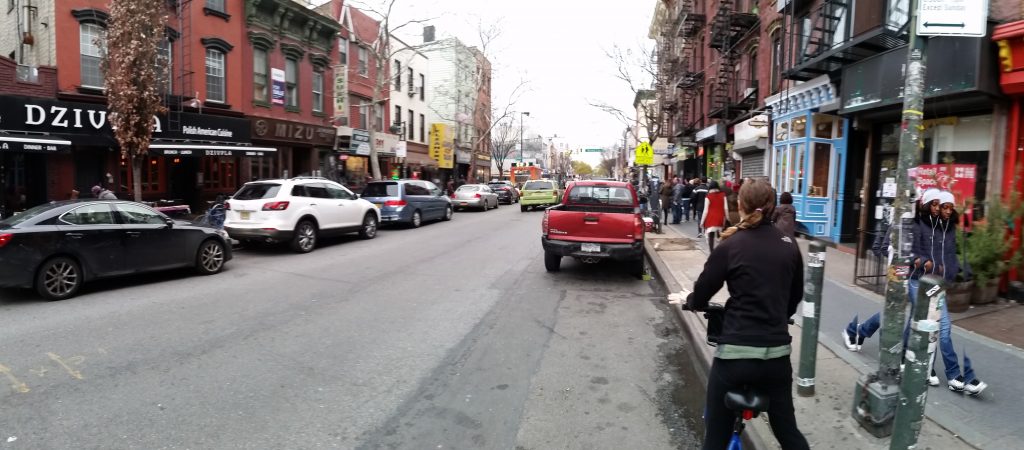
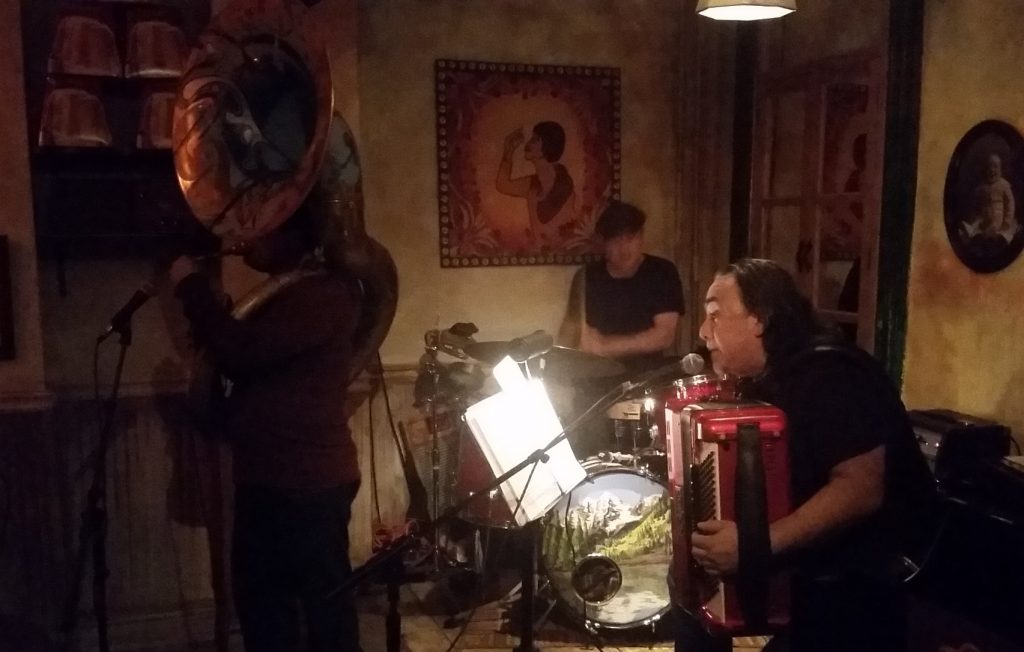

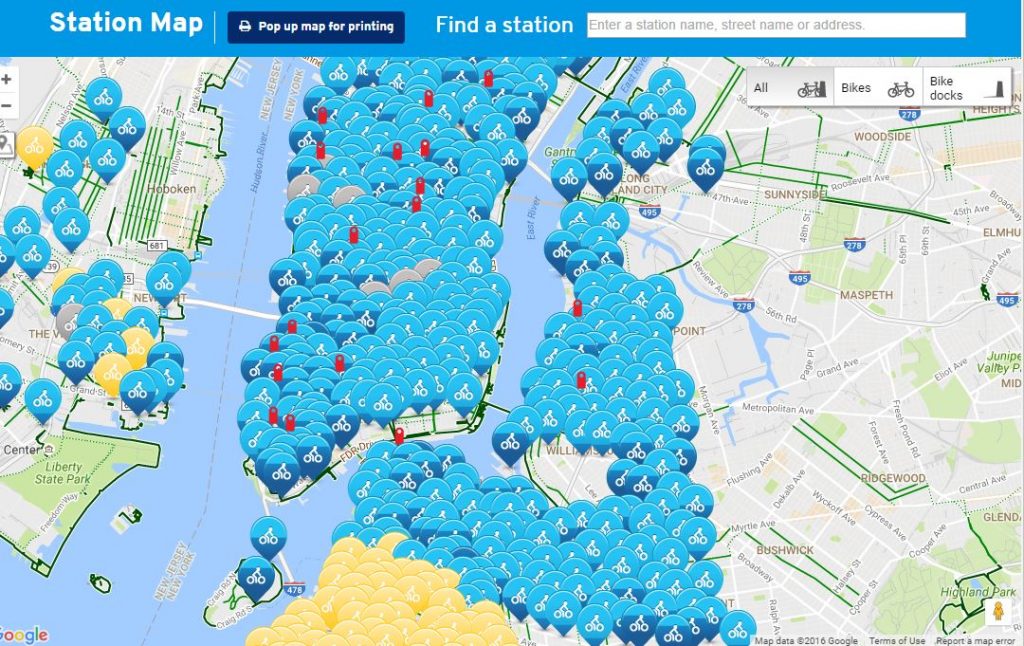
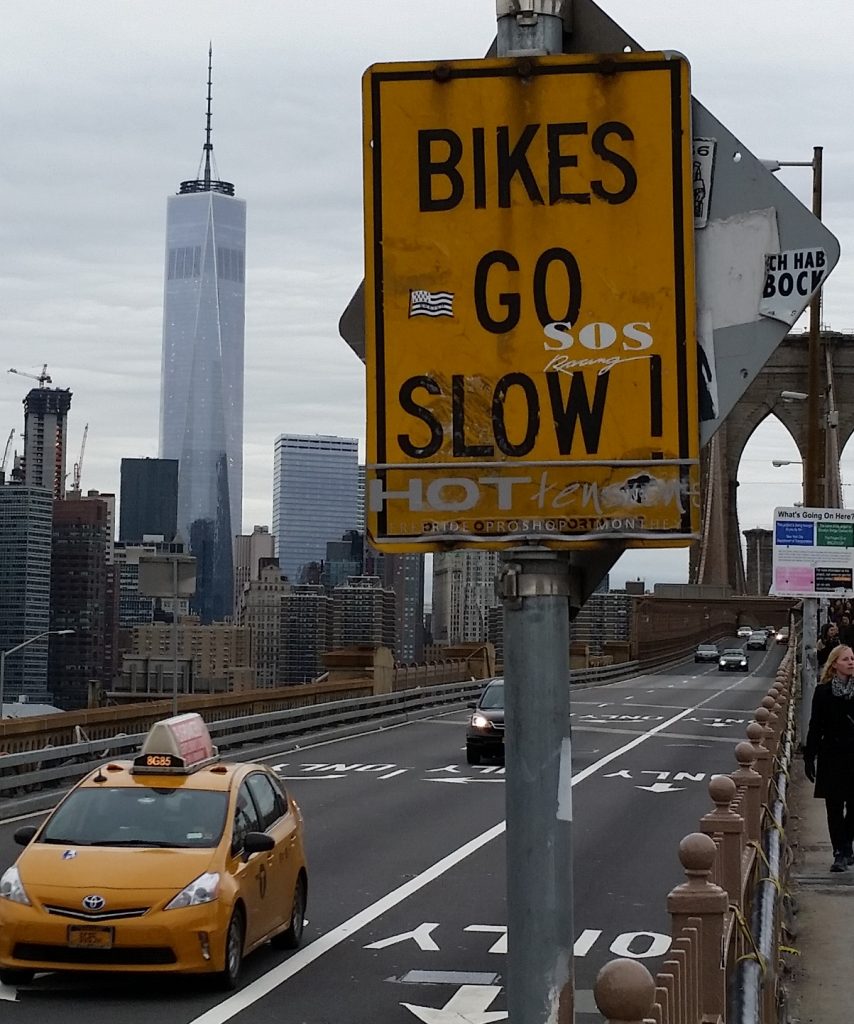
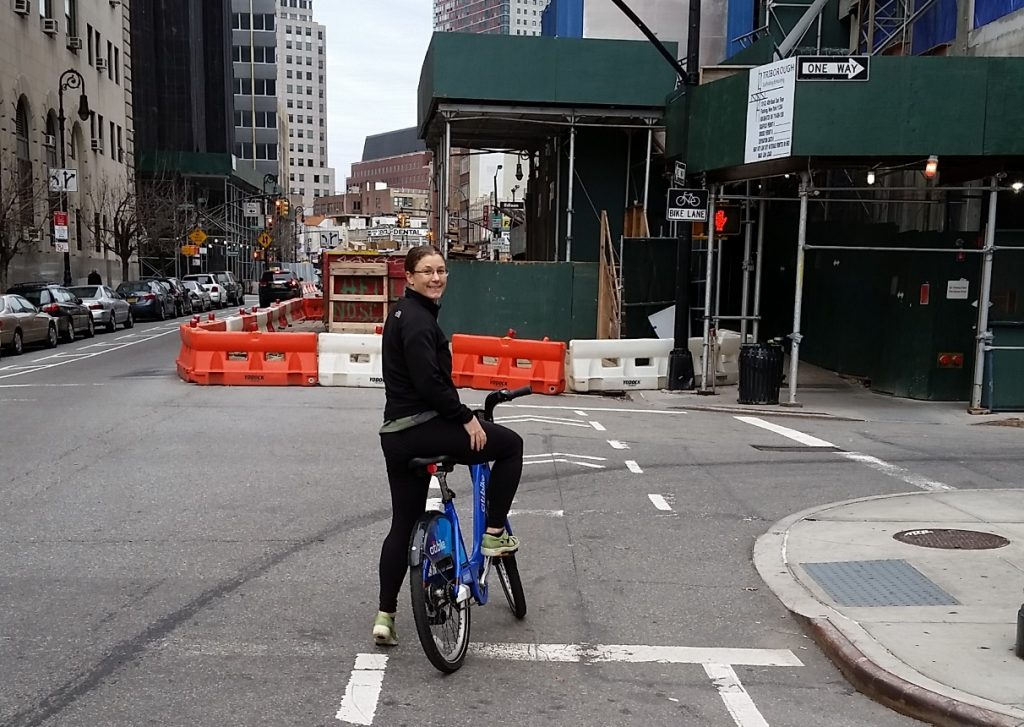
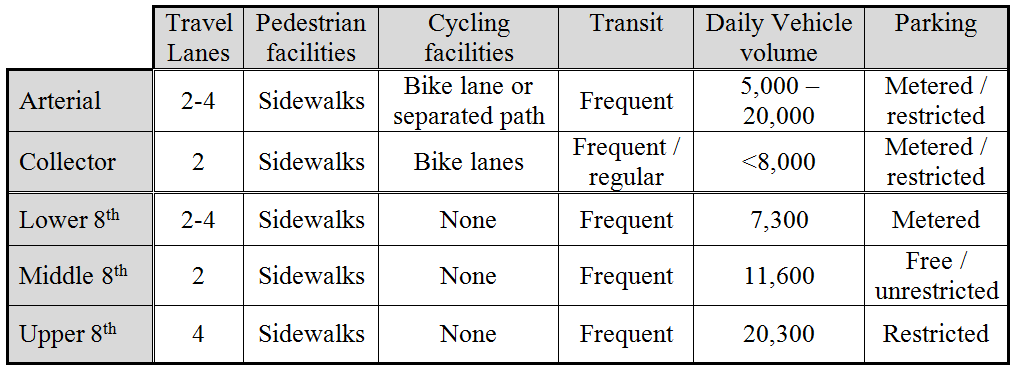
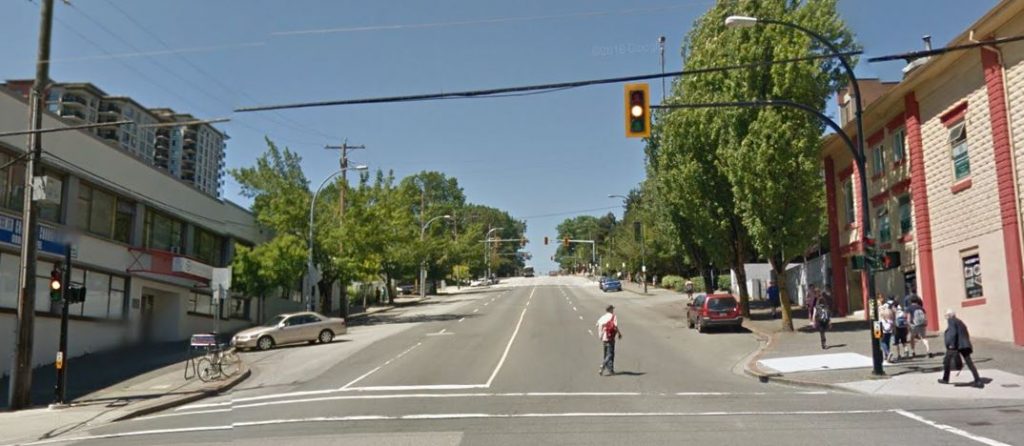
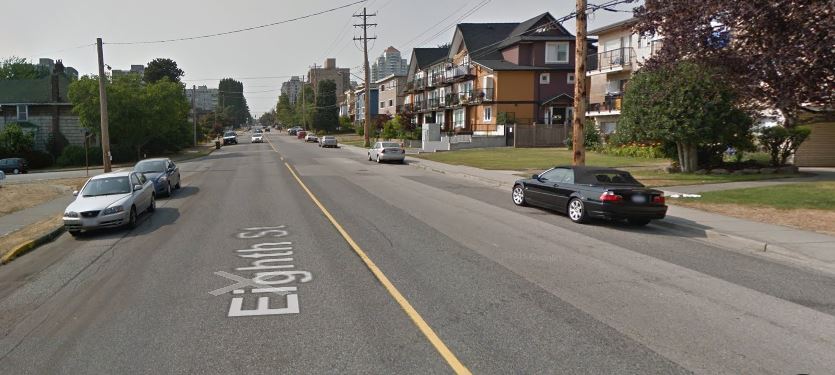
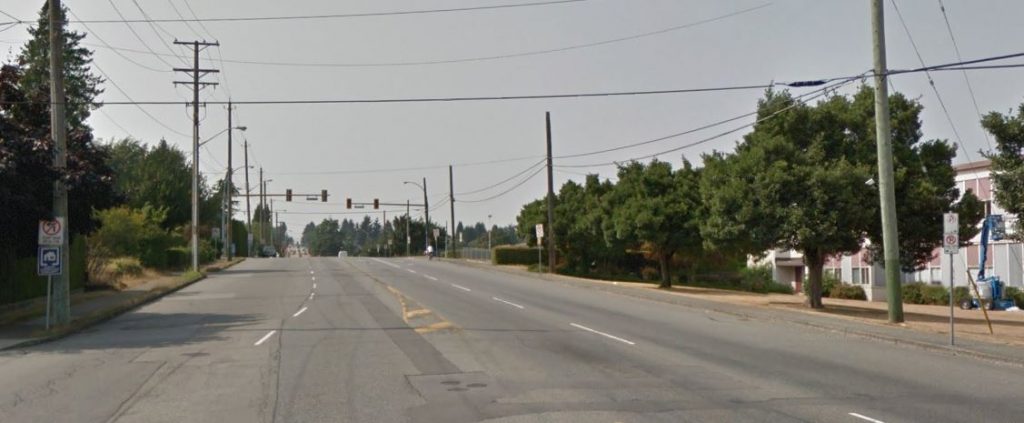

 To translate, our firefighters have responded to essentially the same number of calls annually from 2012 to 2015, and are generally the first responders on site. However in those 4 short years, Ambulance response in more than 15 minutes went from less than 1% of calls to almost 16% of calls. In more than half of those calls (8.6% total) the firefighters and victim were waiting more than 30 minutes for an ambulance to arrive at the scene.
To translate, our firefighters have responded to essentially the same number of calls annually from 2012 to 2015, and are generally the first responders on site. However in those 4 short years, Ambulance response in more than 15 minutes went from less than 1% of calls to almost 16% of calls. In more than half of those calls (8.6% total) the firefighters and victim were waiting more than 30 minutes for an ambulance to arrive at the scene.